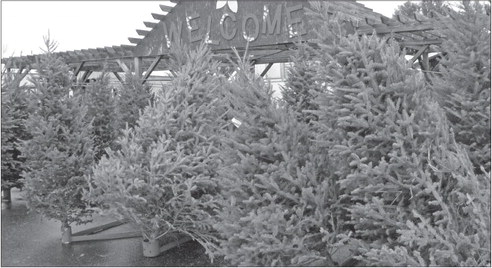To tree, or not to tree; Stories from the files of Forward Base 1459


by Sylvia the Elf
It was a bright and sunny Monday morning.
The chill temperatures and the heavy layer of frost over everything made me ...


by Sylvia the Elf
It was a bright and sunny Monday morning.
The chill temperatures and the heavy layer of frost over everything made me ...